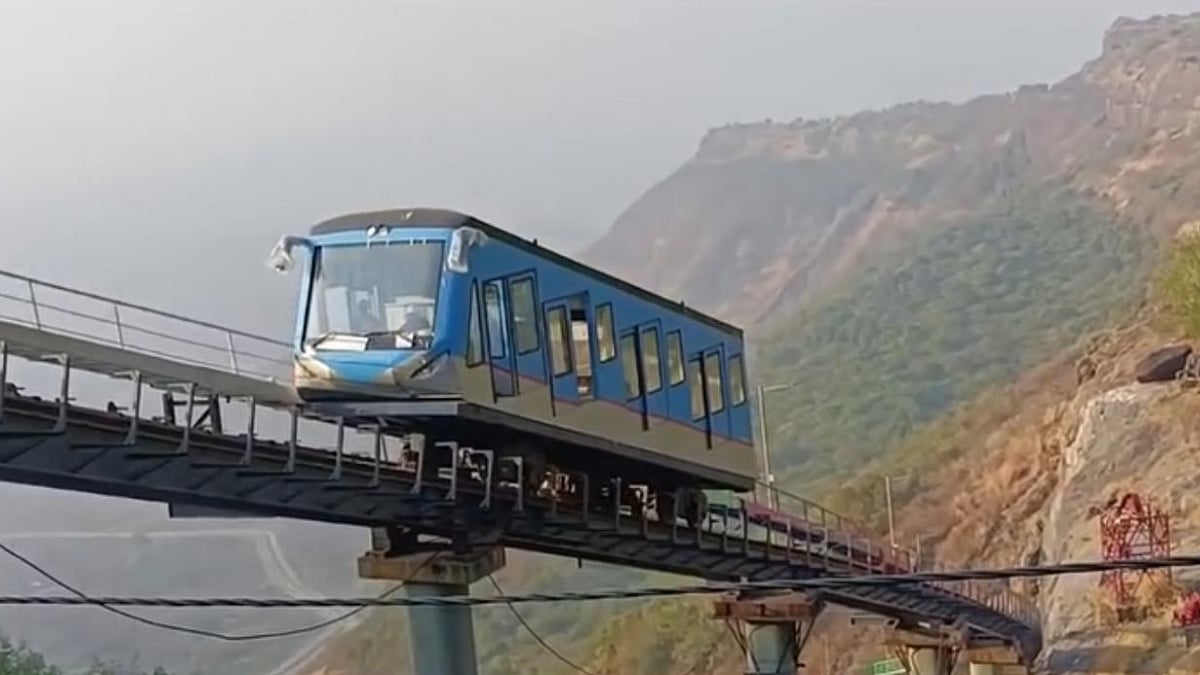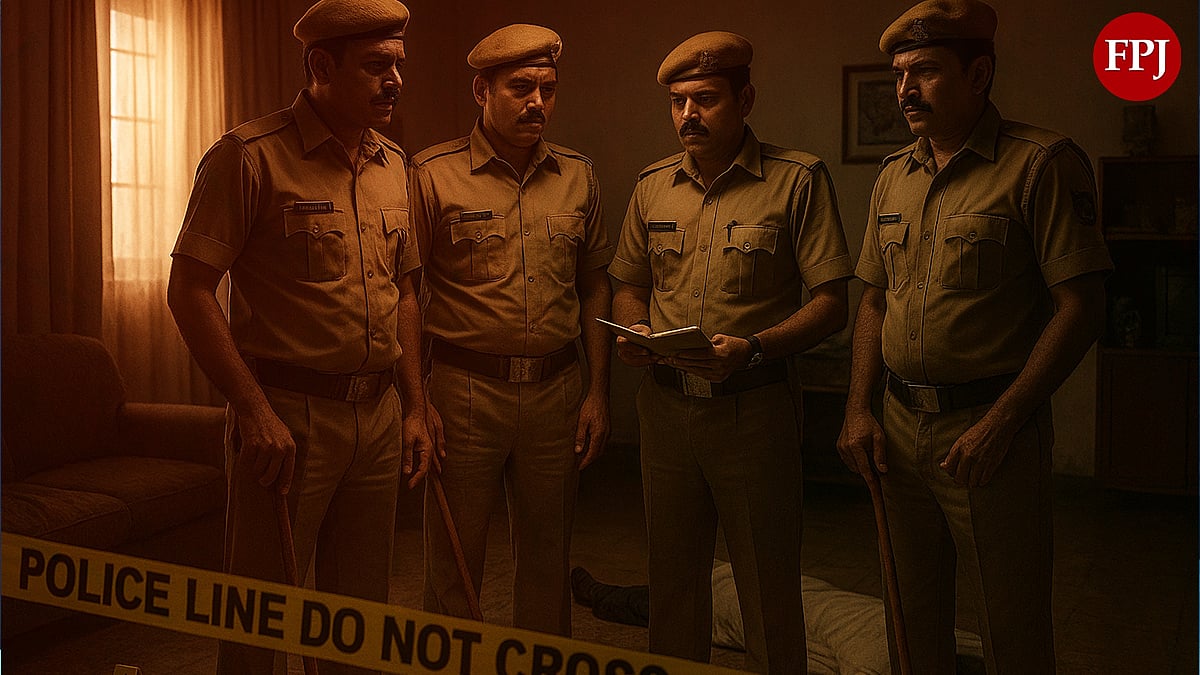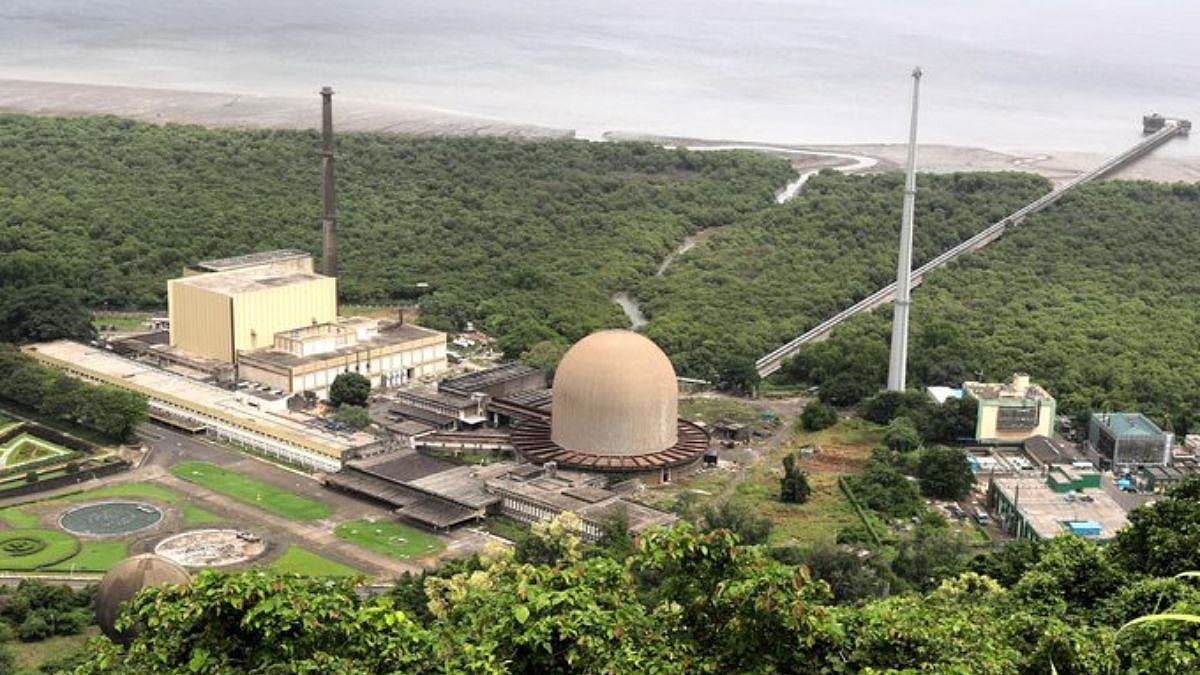Mumbai, April 3, 2025: For devotees, the arduous two-hour trek to the revered Haji Malang shrine might soon be a thing of the past. The long-awaited Haji Malang Fort funicular train is on the verge of its launch, with only one final work remaining—the Public Works Department (PWD) committe's inspection.
Despite being certified for operation by an international consultant in October last year, the commercial launch of the funicular train hinges on the official nod from PWD authorities.
“The certification was granted based on Hong Kong Code standards, as there was no Indian equivalent at the time the project was proposed,” explained a project insider.
“Now, we are just waiting for PWD’s final inspection before the Commercial Operation Date (COD) is given. Once that’s cleared, services can begin any time soon; possibly in a month or two.”
Modeled after Nashik’s Saptashrungi Fort ropeway system, the Haji Malang funicular train will be subjected to annual inspections by the PWD Committee. While the Nashik ropeway undergoes checks twice a year during Chaitra and Sharad Navratri, the Haji Malang service will be inspected every February, ahead of the Urs festival—a time when thousands of devotees visit the hilltop shrine.
A Project Years in the Making:
The funicular train project, undertaken by the State PWD, has been a long and winding journey, much like the trek to the fort itself. Originally awarded to the Supreme Infrastructure-Suyog-Yashita consortium in 2007 under a Build-Operate-Transfer (BOT) model, the project saw significant delays. Several hurdles and the lack of clearances meant that groundwork only began in 2012, pushing the timeline by nearly a decade.
Spanning over 1 km and climbing a steep 320-meter incline, the railway aims to ease access to the Malanggad plateau, situated in the Matheran hill ranges. At 3,000 feet above sea level, reaching the shrine has traditionally required an exhausting trek. The introduction of the funicular train is expected to revolutionize the journey, offering a safe and convenient alternative to pilgrims and tourists alike.
What to Expect from the Funicular Train Service:
Once operational, the funicular railway will run with a single coach in each direction on regular days. However, during Urs, when the footfall surges, the service will double its capacity with two coaches in each direction. With an expected operating window of 12 hours a day, the service promises to be a game-changer for accessibility.

Originally pegged at Rs 45 crore, the project is being developed under the BOT model, granting the consortium a 24-year period to manage operations and recover costs. Given its potential to enhance tourism and pilgrimage experiences, the funicular train is seen as a crucial infrastructure upgrade for the region.









